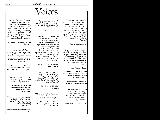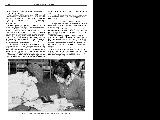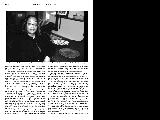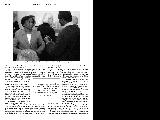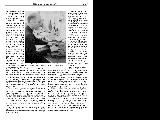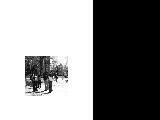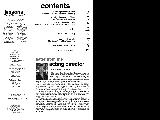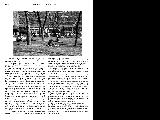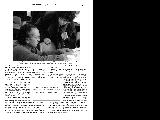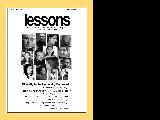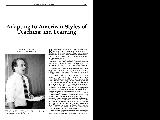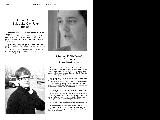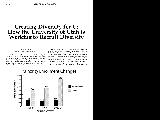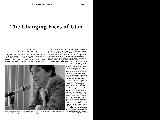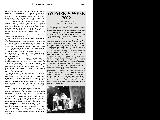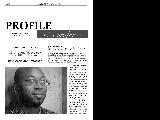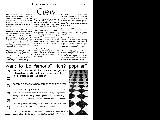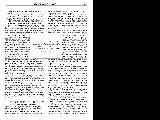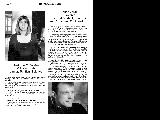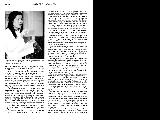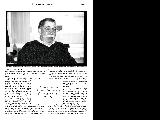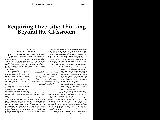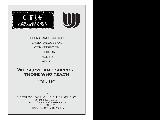| OCR Text |
Show lessons Volume Three, Number 2 CTLE ACTING DIRECTOR Stephanie Richardson CTLE ADVISORY BOARD Richard Aaron Cal Boardman David Chapman Mary Francey John Francis Jan Frost Robert Goldberg Marouf Hasian Don Herrin Liz Jones Thomas Malloy Maureen Mathison Patrick McMurty Victoria Rasmussen Mary Reddick Barbara Richards Tom Richmond Edward Ruddell James Sage Wilfred Samuels Debra Scammon Sherry Southerland Steven Sternfeld Michael Tragakis Peter Trombi Marshall Welch Helen Zsohar EDITOR Lisa Frasier MANAGING EDITOR Jacqueline Cheney ART DIRECTOR PRODUCTION MANAGER Robin Moore COPY EDITOR Jacqueline Cheney CONTRIBUTING PHOTOGRAPHERS Sarah Birdsall Craig Froelich Deb Jensen Lisa LePendu Robin Thomas Stephen Zank CONTRIBUTING WRITERS Jacqueline Cheney Deb Jensen Lisa LePendu Darleen Meier Robin Thomas CTLE TA TRAINING COORDINATOR Laura Seklemian CTLE ITA TRAINING COORDINATOR Diane Cotsonas Center for Teaching & Learning Excellence University of Utah #136 Sill Center 195 S. Central Campus Drive Salt Lake City, UT 84112-0511 (801) 581-7597 http://ugs.utah.edu/ctle/ contents Building Bridges of Trust: 2 Achieving a Diverse Campus Community 5 Adapting to American Styles of Teaching and Learning Creating Diversity for U:8 How the U of U is Working to Recruit Diversity Voices 12 Profiles in Diversity 13 Requiring Diversity: 17 Thinking Beyond the Classroom The Changing Faces of Utah 19 Profile of a Professor 22 letter from the acting director Dear Friends and Colleagues, This issue is about diversity, from the student perspective. Current events related to diversity have affected us all, including the 2002 Olympics, terrorism and stereotyping, the economy's effect on services to underserved groups, and even how concealed weapons on campus may or may not interfere with our ability to debate divisive and diverse issues freely and safely. Because of our reputation for research, teaching, and service at the University of Utah, we recruit and retain a faculty that comes close to reflecting national averages in minorities-closer for some groups than others, I'll admit. Yet the diversity of our faculty is at odds with the composition of the student body. Our students are more reflective of state averages for gender, ethnicity, and sexual orientation. As faculty, I can say that the differences between faculty and students here can create a curious tension, both for the students and myself. Exposure to new ideas and ways can lead to discomfort, particularly when I am challenged in areas I was unaware needed some adjusting. "Diversity" is a word often coupled with the word "tolerance." Personally, I would trade being tolerated for being appreciated, enjoyed even, as a minority. On this campus, I am more likely to be appreciated as part of an underrepresented group than anywhere else. This gives me hope, while I am still aware of occasional student apprehension, even disapproval, about who I am. I am very curious to see and read the student viewpoint on what diversity is, how it affects our teaching and learning, and just where students are in the journey from tolerance toward appreciation. I hope you are curious, too, and that this issue of lessons brings you fresh ideas. |

